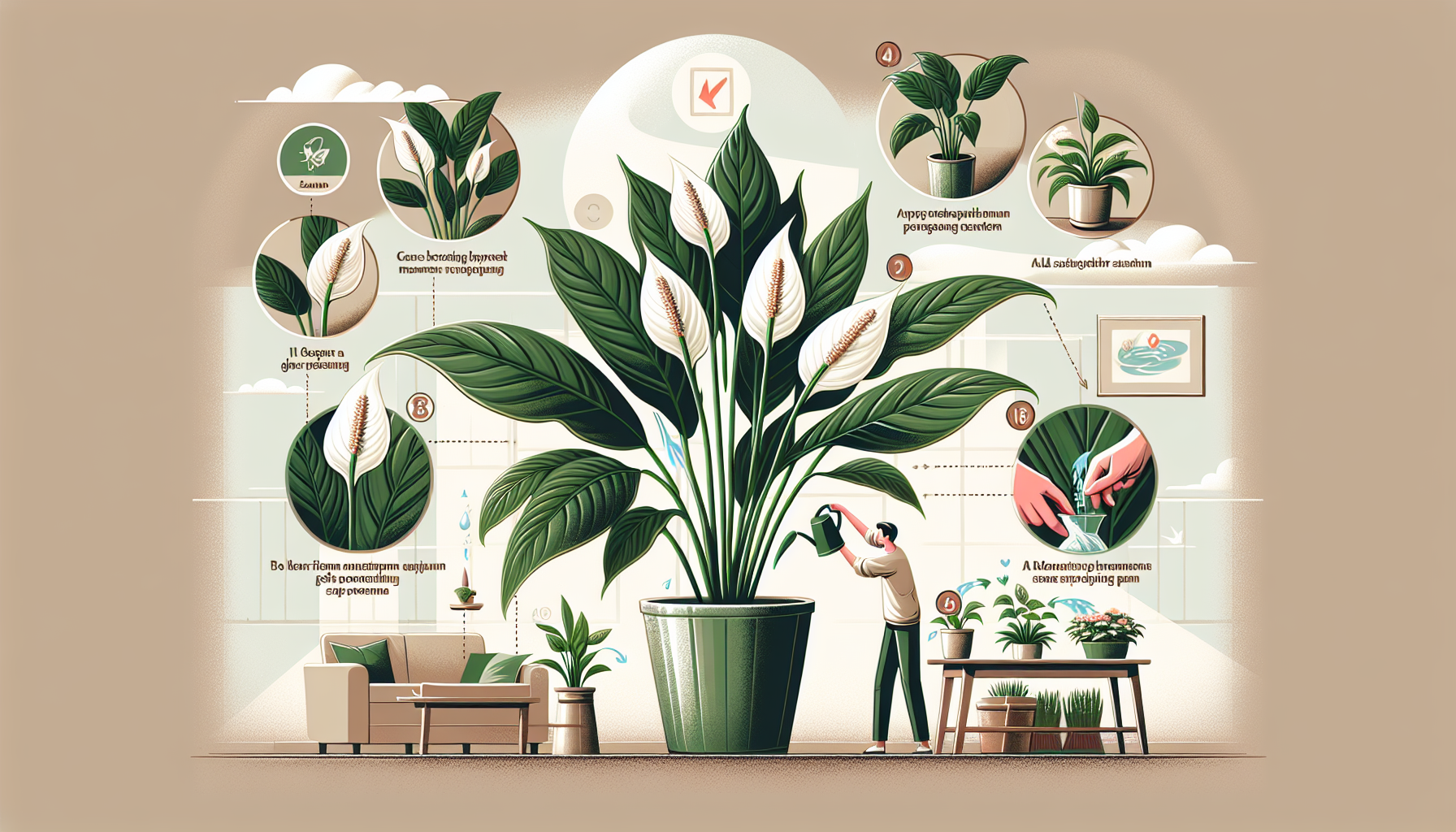
how to take care of a peace lily plant
How to Take Care of a Peace Lily Plant
The peace lily (Spathiphyllum) is a popular houseplant known for its lush green leaves and elegant white blooms. Not only does it add a touch of beauty to your home, but it also helps purify the air, making it a great choice for indoor spaces. Whether you're new to plant care or a seasoned gardener, this guide will help you understand how to keep your peace lily healthy and thriving.
1. Light Requirements
Peace lilies thrive in bright, indirect light but can tolerate low light conditions. Avoid placing them in direct sunlight, as this can scorch their leaves. If your peace lily isn’t blooming, it may need slightly more light. A spot near a north or east-facing window is ideal.
2. Watering Schedule
One of the most common mistakes with peace lilies is overwatering. These plants prefer moist soil but dislike sitting in water. Allow the top inch of soil to dry out before watering again. A good rule of thumb is to check the soil with your finger. If it feels dry, it’s time to water. Always use room-temperature water to avoid shocking the plant.
3. Humidity and Temperature
Peace lilies love humidity, making them perfect for bathrooms or kitchens. If your home is dry, you can increase humidity by misting the leaves regularly or placing a tray of water near the plant. Keep your peace lily in temperatures between 65°F and 85°F (18°C to 29°C), and avoid placing it near drafts or vents.
4. Fertilizing
Feed your peace lily with a balanced houseplant fertilizer every 6–8 weeks during the growing season (spring and summer). Avoid over-fertilizing, as this can lead to brown leaf tips. During fall and winter, peace lilies enter a dormant phase and require little to no fertilization.
5. Pruning and Cleaning
Regularly remove dead or yellowing leaves to keep your peace lily looking fresh. Use clean scissors or pruning shears to trim away spent blooms and maintain the plant’s shape. Dust can accumulate on the leaves over time, so gently wipe them with a damp cloth to keep them clean and allow them to photosynthesize effectively.
6. Common Problems and Solutions
Peace lilies are relatively low-maintenance, but they can face a few issues:
- Brown leaf tips: This is usually caused by over-fertilizing or insufficient humidity. Reduce fertilizer use and increase humidity around the plant.
- Drooping leaves: This indicates underwatering. Give your plant a thorough drink and it should perk up within a few hours.
- No blooms: If your peace lily isn’t flowering, it might not be receiving enough light. Move it to a brighter spot with indirect sunlight.
7. Repotting
Peace lilies grow relatively slowly, but they may outgrow their pots every 1–2 years. If you notice roots growing out of the drainage holes or the plant seems crowded, it’s time to repot. Choose a pot that’s one size larger and use well-draining potting soil. Spring is the best time to repot your peace lily.
Conclusion
Caring for a peace lily is simple when you understand its needs. With the right balance of light, water, humidity, and occasional fertilizing, your peace lily will reward you with beautiful blooms and healthy foliage. This elegant plant is a wonderful addition to any home, and its air-purifying qualities make it a practical choice as well.
Do you have any tips or experiences with peace lily care? Share them in the comments below!
If you're looking to buy a peace lily or need more information, check out this peace lily care guide from The Sill.